Buenos Aires in 1 Day: Itinerary and Planning Guide

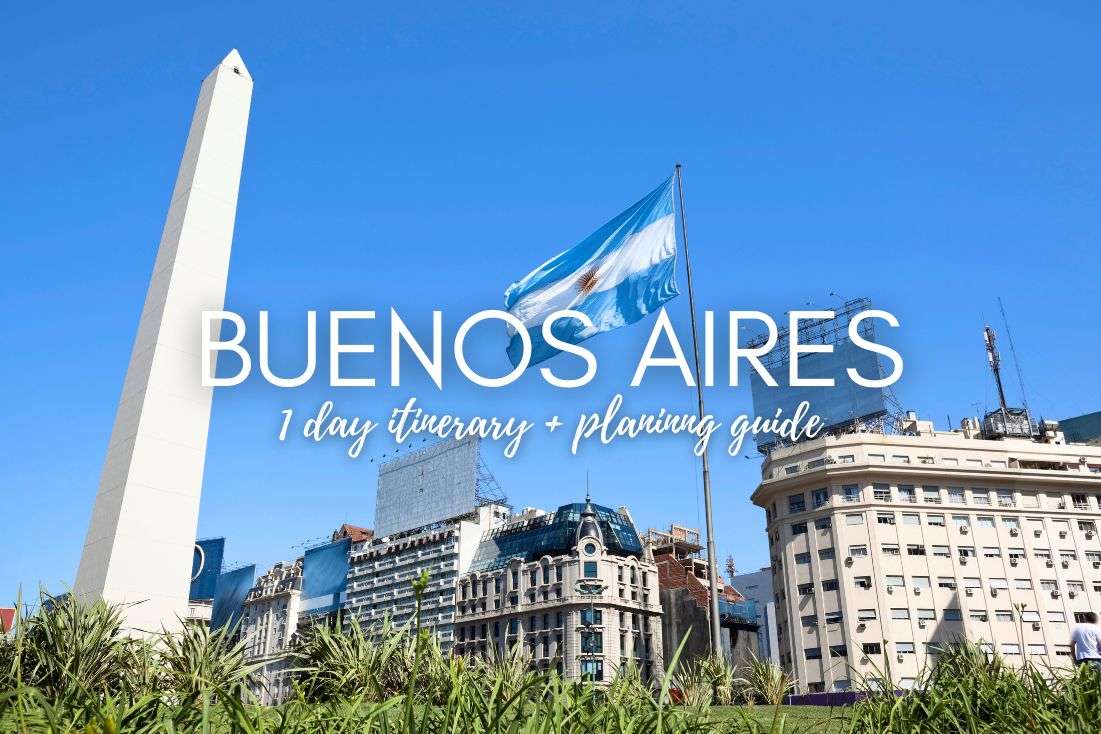
Let's dive straight in and, as you've come to expect from me, let’s do it candidly. I didn’t expect anything spectacular from Buenos Aires as I was well prepared by reading all the guides there are for Argentina before traveling. And I must say it is like any other city in South America—good nature, good museums, good weather. But just good, nothing super special like Barcelona or so.
Overall, I find Buenos Aires worthy of your time for 1 day, 2 days tops—like if you’re waiting around for a flight connection or something. I really don't get how anyone can create a longer itinerary for Buenos Aires—they must have a travel speed of a snail!
Tip: I reviewed my experience in premium economy on Air France for you, and since it’s the flight I took to Argentina, it could come in handy if you're already in the planning stages of your trip.

8 useful tips, warnings, and insights for Buenos Aires
Before we dive into the itinerary, I’ve got a few personal tips, warnings, and insights that could come in handy before you set off for Buenos Aires, or anywhere in Argentina for that matter.
- Can't imagine starting your day without a good cup of coffee? Well, in Argentina, you will be disappointed. A good coffee in Argentina is an oxymoron.
- After a couple of days in Buenos Aires, when you realize there is nothing left to do, you'll likely head off to explore other parts of Argentina (like the Salta and Jujuy area—totally worth it!). Luckily, domestic flights in Argentina are a walk in the park. Everything moves incredibly fast, no waiting around, just perfect.
- Always grab a new taxi. The worst thing you can do is arrange for them to pick you up on your way back. Their arrival times are hit or miss, so don't get stuck waiting unnecessarily.
- Change your money on the street with the so-called "arbolitos"—guys who trade on the black market but will give you about three times the exchange rate for US dollars, an awesome deal.
Note: Navigating Argentina’s economic landscape can be quite an adventure, especially with its notorious inflation rates. Read my tips before you go to Argentina to wrap your head around it, otherwise you will be shocked when you get there. While I typically steer clear of any illegal activities during my travels, Argentina presents a peculiar case where the black market is a grey area.
- Another tip is to bring a backpack. Why? For the heap of cash you'll be carrying around! The money system here is really out there. A million weighs about 0.5 kg (1 lb). But don't be fooled, because the value of one million ARS (Argentinian pesos) is roughly USD 1,150.
- If you're not voracious eaters, consider sharing your steaks; a typical size is 500 g (1.1 lb) of fantastic steak, but for Europeans, it's usually too much. My girlfriend often left what would be a standard European-sized portion unfinished.
- Restaurants in Argentina are quite a drag. Nothing tops Georgia in terms of how terrible food can be at restaurants, but Argentina is a close second.
- For a Spanish-speaking country and Latin America, they speak pretty decent English in Argentina. In Buenos Aires, you'll have no trouble getting by with just English. But a little Duo Lingo will go a long way in other areas, despite ok English levels in tourist areas.
The hotel with the best beds in Buenos Aires
Before we kick off with the itinerary, let’s talk accommodation—a good sleep and a good breakfast are key to good travel experiences, and the hotel we stayed at passed the test in both categories with flying colors (at least for Argentina standards).
We stayed at the Palladio Hotel Buenos Aires - MGallery, which is just under 2 km (1.3 mi) from Palacio Barolo and actually quite close to the other spots on my itinerary. So, great location.
The Deluxe Suite was just okay for me, but the bed was absolutely fantastic, slept like a log. This hotel probably had the best breakfast we experienced in Argentina, but by European standards, it's still just okay. Super nice reception and a very average restaurant (like most in Argentina, frankly).
Map of 1 Day Itinerary in overhyped Buenos Aires
Itinerary of 1 day in Buenos Aires. No, you do not need more time here (see this map on Google Maps)
Alright, here’s your 1-day itinerary for Buenos Aires. If you're really determined, you can stretch it out to two days, but personally, I’d save that extra day for something spectacular like Calilegua National Park. It’s an epic park full of hikes and jaguars. Seriously, it's home to 200 out of the 300 jaguars in Argentina! And that’s something you won’t see in Buenos Aires.
Buenos Aires itinerary, stop 1: Palacio Barolo
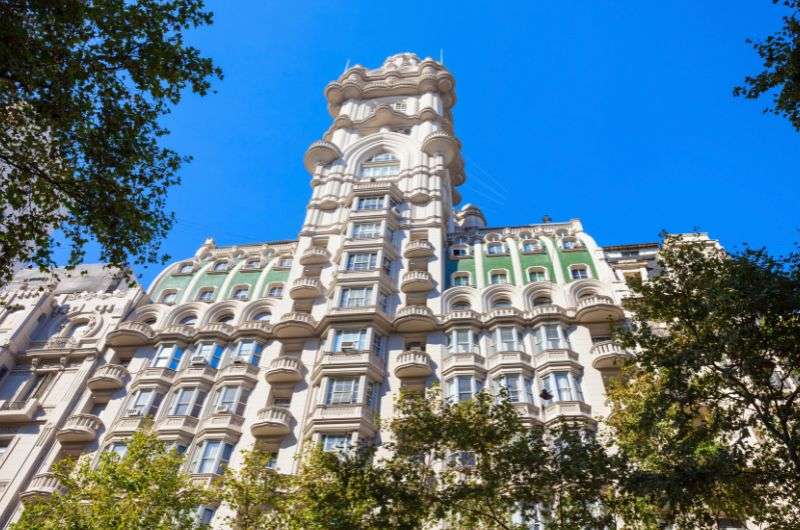
Palacio Barolo; our first stop in Buenos Aires
Distance from Palladio Hotel Buenos Aires to MGallery: 1.8 km (1.3 mi), 25-minute walk
Time spent here: 15 min (1.5 hours if you want to join a guided tour)
Palacio Barolo is just alright, so you’re not starting out with a bang, but it’s one of the must-sees in Buenos Aires, so let’s get it crossed off that list. It’s a 25-minute walk from Palladio Hotel Buenos Aires - MGallery, which is the perfect amount to get a little morning excercise.
It's just that Palacio Barolo is nothing I haven't seen before or something that would completely knock me off my feet. But, of course, you'll hear from other "well-traveled" bloggers that visiting Palacio Barolo is an unforgettable experience, that this building is the crown jewel of Buenos Aires, and other such nonsense.
Note: It's precisely because of Buenos Aires and these ridiculous bloggers that Next Level of Travel was born—because they praise every little thing and in a city that's honestly not that exciting, they'll tell you to spend a week spending your hard-earned money there. Because they're so clueless, they don't understand that other people have to work for a living and came to Argentina for more than just soaking up the city vibes in a not-so-intersting city.
Alright, enough of my rant. Here are some facts: Palacio Barolo is a historical building built between 1919 and 1923, designed by Mario Palanti in a neo-gothic style (notice the arches and ribbed vaulting). It was once the tallest building in Buenos Aires with its 22 floors. Today, it's just an office building. There are guided tours available every day that last about 1.5 hours.
Interesting fact: The building is inspired by Dante Alighieri’s epic, "The Divine Comedy." Well, if you’ve read it, this might be fascinating for you. For me, that’s definitely an interesting little tidbit.
- Official website of Palacio Barolo
- Opening daily 9 am–10 pm (Monday, Saturday and Sunday 10 am–10 pm)
- Tickets: USD 23
Buenos Aires Itinerary, stop 2: Catedral Primada (Metropolitan Cathedral)
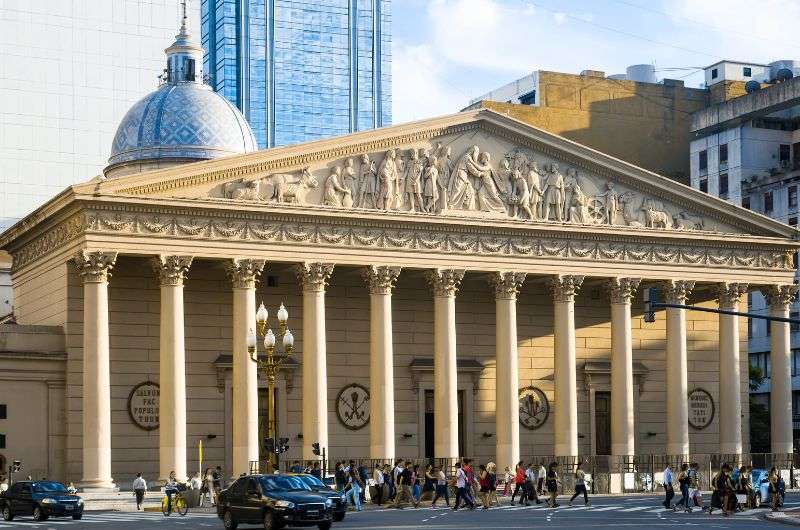
The main catholic cathedral in Buenos Aires
Distance from previous stop: 1.2 km (0.7 mi) 20-minute walk
Time spent here: 40 minutes
The main Catholic cathedral in Buenos Aires is lovely. It's not on the level of those in Mexico or Peru’s Cusco, but it's beautiful both inside and out. I'd tell you the architectural style it was built in, but since construction began in the 16th century and it only reached its final form in the 18th, it’s a mix of various styles.
Inside, you'll find, among other things, the tomb of José de San Martín, one of the most important heroes of the Argentine War of Independence and a leader of liberation movements in South America.
Tip: Every day at 11 am, there is a changing of the guards at the tomb of José de San Martín, which can really add something special to your visit to the cathedral.
Tip vol. 2: The last mass on weekdays is at 5:30 pm, so keep that in mind if you want to catch it.
- Official website of Catedral Primada
- Free entrance
Buenos Aires Itinerary, stop 3: Plaza de Mayo
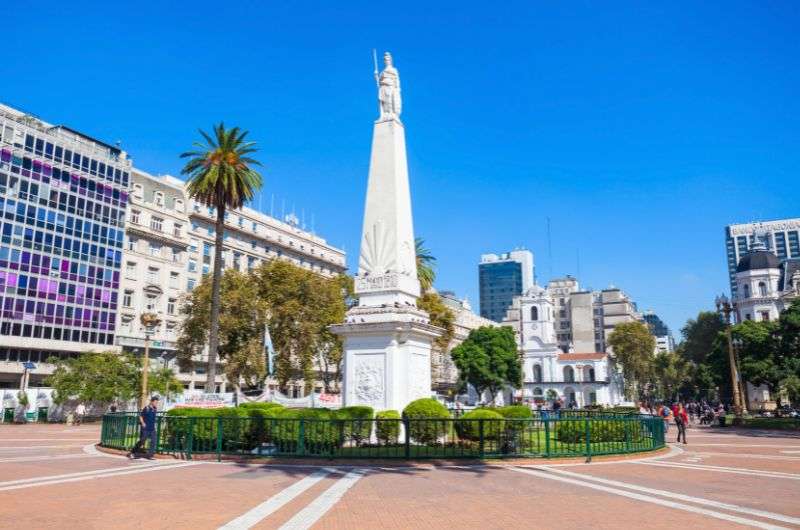
Giant square surrounded by significant buildings
Distance from previous stop: 160 m (520 ft) 2-minute
Time spent here: 20 minutes
The main square in Buenos Aires, surrounded by significant buildings like the Metropolitan Cathedral—and I'll get to the rest—is a handsome plaza that has been the hub of political activity in the past. Even today, it hosts political demonstrations, cultural events, and various celebrations.
Buenos Aires Itinerary, stop 4: La Casa Rosada
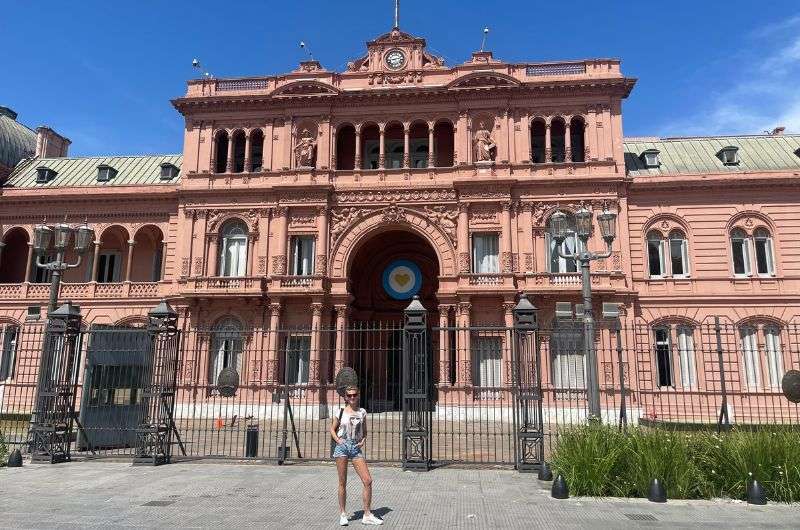
Remind me of another pink building in Argentina—Cathedral of Salta
Distance from previous stop: 0 km
Time spent here: 20 minutes
La Casa Rosada, located on the eastern side of Plaza de Mayo, is the standout feature of the square. If you speak Spanish, you'll easily translate La Casa Rosada to mean "the Pink House," aptly named for its color. The pink hue wasn't chosen on a whim. In fact, it was selected by the second Argentine president, Domingo Faustino Sarmiento, intended as a neutral color created by mixing red and white, representing the opposition parties.
The building serves as the office of the current Argentine president, Javier Milei, who was elected in December 2023. Because of this, it's sometimes called the Palacio Presidencial or the presidential palace.
La Casa Rodasa's history dates back to 1873. The most interesting part might be the balcony, where Pope John Paul II gave a speech in 1998. Not intrigued? Well, that same balcony is where Madonna sang "Don't Cry for Me Argentina" in the film Evita. How’s that?
- Official website of La Casa Rosada
- Opening from Wednesdays to Sundays and on holidays, from 10:00 am–6:00 pm (last admission at 5:30 pm)
Buenos Aires Itinerary, stop 5: The Costanera Sur Ecological Reserve
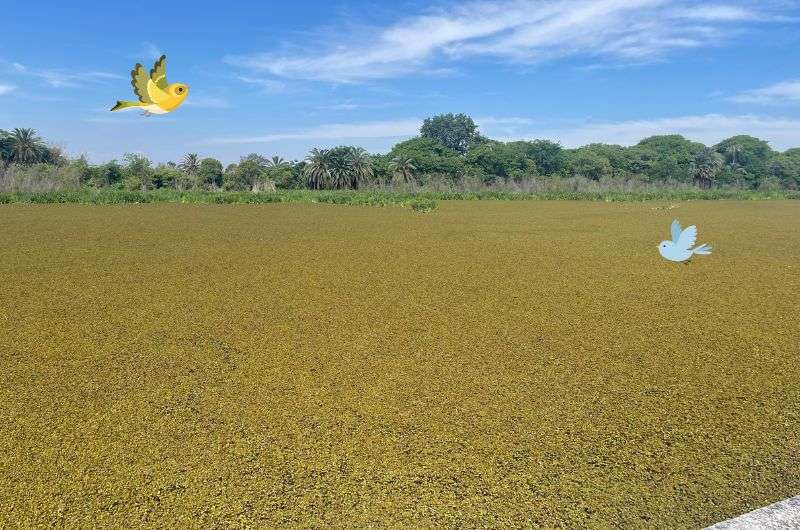
What a lovely natural pool and the birds all around (yes, I photoshopped them, and the water is long gone)
Distance from previous stop: 2.1 km (1.3 mi) 20-minute walk
Time spent here: 2 hours
Leaving the city center, we're heading towards the port area, which for me is much nicer than where we've been so far. There's plenty of space and trees here. If you have time, you don't have to head straight for the Costanera Sur Ecological Reserve; take a stroll and enjoy the surroundings first. I'm not saying you should stand on the dock and watch cargo ships being loaded, but the views of the Río de la Plata are quite nice.
Another perk of the port area is the promenade, which boasts numerous restaurants. And the more restaurants there are, the higher your chances of finding one where the food is actually good. We lucked out, so I'm passing the tip along: try the Italian restaurant Cucina D'Onore. The atmosphere is great, the waitstaff are super nice and attentive, and the food is good. It's no Italy, but for Argentina, it's really good.

Our food in Cucina D'Onore. It was beyond our expectations (hey, we are in Argentina, after all!)
The Costanera Sur Ecological Reserve is far more interesting to me than urban landmarks. It's quite a sight to see a lush, bird-filled river (home to around 270 species) right next to a skyscraper. Interestingly, right at the entrance, they warn you to watch out for vipers. Porque no. Then you're free to wander through this massive park (350 ha) to your heart's content. Everything is green here, with wooden walkways and, most importantly, a peace that contrasts sharply with the city center.
The downside? The area around the park attracts some sketchy characters, giving it a bit of a dodgy vibe.
- Open daily (except Monday) 8 am–6 pm
- Free entrance
Buenos Aires Itinerary, stop 6: Obelisco
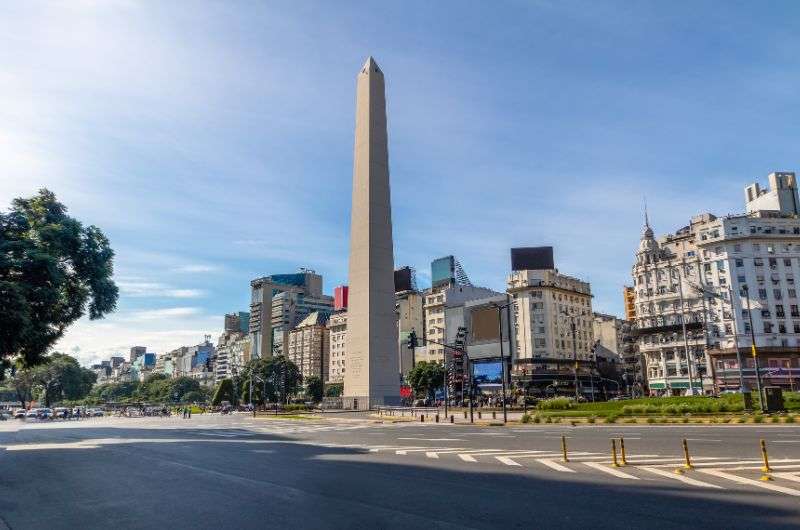
What a giant! The 67 m (220 ft)-tall Obelisco
Distance from previous stop: 2.8 km (1.7 km) 40-minute walk
Time spent here: 10 minutes
On your way back to the hotel, take a detour around the obelisk located at Plaza de la República. Erected in 1936 to commemorate the 400th anniversary of the city's founding, the obelisk is fast approaching its own 500th birthday celebration.
Just for kicks, here’a random fact: If you wanted to buy such a lovely obelisk for your garden back then, it would have cost you ARS 200,000—which with today's inflation would be about USD 1.3 million. Talk about a steal!
The obelisk stands 67 meters (220 ft) tall and covers an area of 49 m² (530 ft²). It houses a staircase that leads all the way to the top, where there's supposedly a stunning view. Unfortunately, I can’t confirm this legend because the interior isn’t open to the public. You really do just stare at it from the outside.
In case of a victory by the Argentine national football team, wild celebrations erupt around the obelisk. We weren’t there during any significant football matches, so we missed that spectacle. But I can imagine it’s quite the party.
Buenos Aires Itinerary, stop 6: Teatro Colón
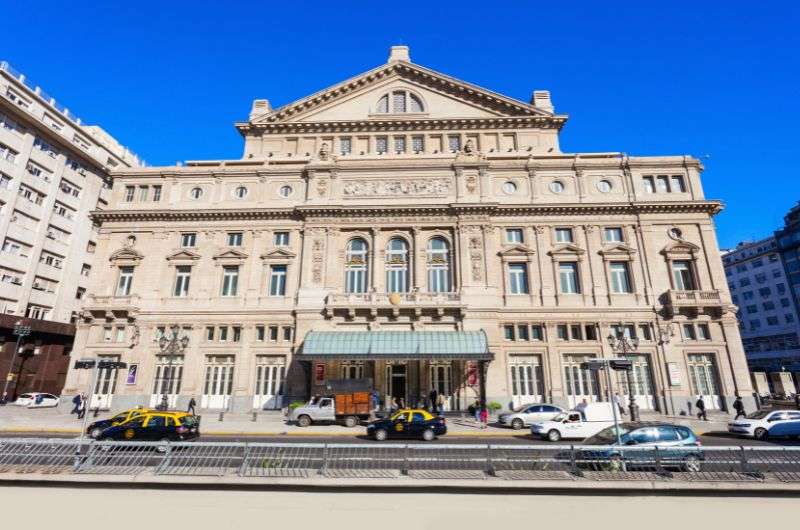
La la la laaaaa…...okay, I’ll stop. This is the Teatro Colón, and that was my impression of an opera
Distance from previous stop: 350 m (1,150 ft) 5-minute walk
Time spent here: 1 hour
Teatro Colón, an opera house whose name translates from Spanish as “Columbus Theater”, is named after (you guessed it) Christopher Columbus. For those who skipped history class, Columbus was the Spanish explorer who set out to circumnavigate the globe from Spain to India and instead ended up “discovering America” (you can visit ol’ Chris like I did in the cathedral in Spain’s Sevilla). But back to the theater.
Originally, the name Teatro Colón was assigned to a theater on Plaza de Mayo, which ceased operations in 1888. So, the opera house took over the name. The opera building as we know it today was opened in 1908.
According to National Geographic, it’s one of the top ten opera houses in the world. Well, if National Geographic says so, who am I to argue? In another survey, it ranked second in terms of acoustics. Clearly, architect Francesco Tamburini knew what he was doing.
Tours are available daily between 10 am and 4:45 pm and last about 50 minutes. However, if you need an English tour, those are only available at 11:00 am, 12:00 am, 1:30 pm, and 3:00 pm.
- Official website of Teatro Colón
- Tickets cost USD 18
Finally, I've got a tip for another restaurant/bar where you can head out for dinner or a drink in the evening: D'oro Italian Bar. I know, you're in Argentina and here I am, dragging you to another Italian restaurant. But hey, they just do Italian cuisine pretty well here. The restaurant is cozy, the food is good, including homemade bread.
Then, you’re ready to crash at Palladio Hotel Buenos Aires - MGallery—those beds are seriously made in heaven!
Do you insist on a 2-day itinerary in Buenos Aires?
I really don't have a packed schedule for a second day for you. But there is one more place worth visiting. And if you're an art lover, I believe you could easily spend a few hours there.
Day 2 stop 1 (and only): La Boca
Distance from Palladio Hotel Buenos Aires - MGallery: 8.5 km (5.3 mi), 25-minute by taxi
Time spent here: 1–3 hours
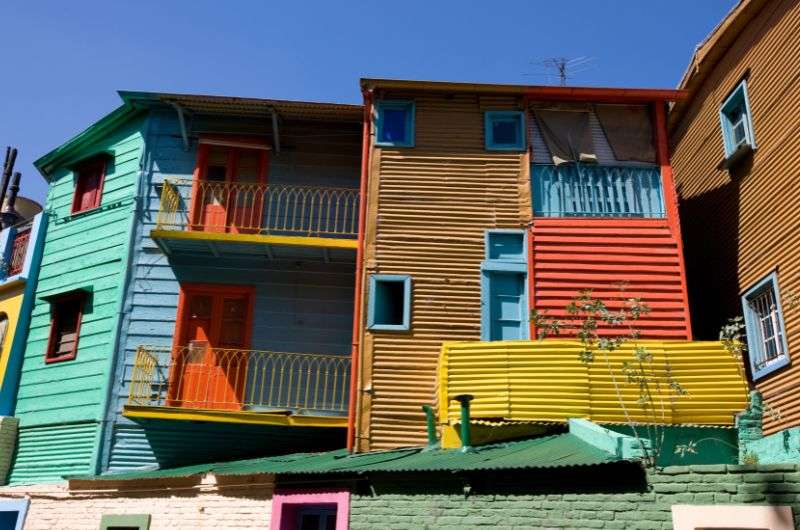
La Boca’s colorful houses are not just for show: the colors have a meaning!
La Boca is one of the most famous neighborhoods in Buenos Aires, brimming with, let’s just say, street art. It’s best known for its colorful buildings and paper sculptures peeking out of open windows. But you'll also find plenty of graffiti and other paintings. Wandering through this district, you’ll constantly have something to marvel at.
Fun fact: In the 19th century, this neighborhood was primarily settled by immigrants and shipyard workers. These were workers, thus poorer residents, who couldn’t afford to build fancy houses. So, they built their homes using various leftover materials and especially different paints, with which they painted parts of their houses. This is how the vibrancy that remains in the neighborhood to this day was born.
FAQ1: What is the best month to visit Buenos Aires?
The best time to visit Buenos Aires is during spring (September to December), or during fall (April to June). But realistically, you can visit all year round, just keep in mind that summer (December to April) here means higher temperatures and it is peak season. And you probably know what that means, especially in the capital: loads of tourists, frayed nerves, more expensive hotels, and packed restaurants.
In winter (June to September), temperatures range from 8 °C (46 °F) to 16 °C (61 °F), so don’t forget to pack a jacket. You don’t have to worry too much about rain. Actually, these are ideal conditions for city tourism. Just don’t expect to enjoy a beer on a patio.
FAQ2: Is 2 days in Buenos Aires enough?
I might have an unpopular opinion here, but I think two days in Buenos Aires are absolutely enough. Even one day seems sufficient to me. I've said it before, but I'll say it again: I really don't understand how anyone can recommend spending, say, 5 days there. Doing what? How? It's just a city!
FAQ3: Is Buenos Aires cheap or expensive?
Generally, Buenos Aires can be considered affordable. Of course, it depends on how you manage your budget and if you know about/use arbolitos to exchange your money. If you don’t hold back, a day might cost around USD 100. Read more about money in Argentina in my other article.
But if you like to travel on a budget, you can manage with as little as USD 12 per person per day. This budget would cover transportation, accommodation, and food. That’s crazy, right? You could either have one ultra, mega matcha oat milk latte at Starbucks or spend a whole day in Argentina. Mind blown.
However, I don't travel on a tight budget. I like taking taxis, eating well, and I don’t skimp on accommodation. So, the USD 12 budget isn't really for me, but it’s important to note that you can live quite cheaply here.
FAQ4: What airport should I fly into in Buenos Aires Argentina?
The main airport in Buenos Aires is Ezeiza International Airport (EZE), so head there. Most international flights land there anyway. The airport is about 30 km (20 mi) from the city center, and it’s easy to get into the city from there.
FAQ5: Can you walk around Buenos Aires?
Yes, Buenos Aires (at least the main tourist attractions) can be comfortably explored on foot. During our 1-day itinerary, we walked everywhere worth seeing, totaling about 11 km (7 mi). Moreover, Buenos Aires seems to invite you to explore it on foot. It has wide sidewalks, plenty of benches, and some streets are even pedestrian-only. It’s that typical vacation scenario where you go to "relax" and then end up walking over 20,000 steps a day, haha.
Also, if you’re concerned about safety while walking around the city, Buenos Aires is considered one of the safest cities in South America, so don’t stress it. If you’re that scared, you won’t be able to enjoy your time traveling, and that’s a big no-no.
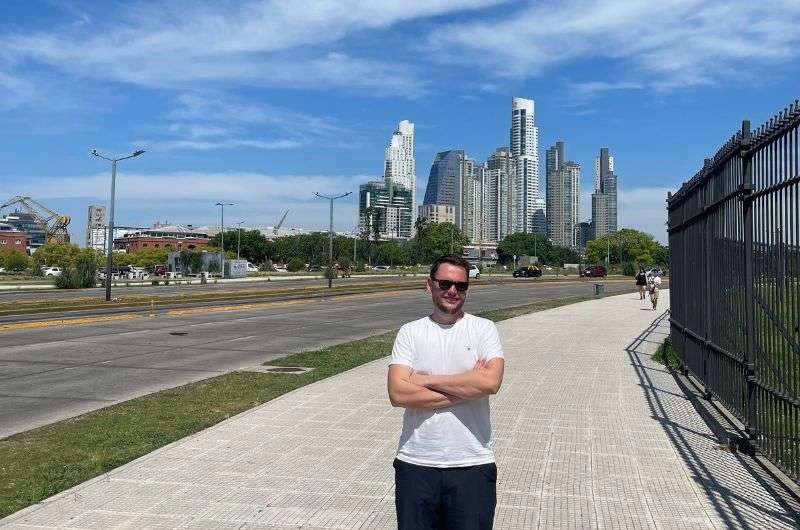
Generously-sized sidewalks in Buenos Aires make walking around easy
FAQ6: Is it safe to walk around Buenos Aires at night?
Walking around Buenos Aires at night is safe. Look, idiots and opportunists are everywhere, so stay cautious, but you’re generally safe in the main tourist areas. At worst, as I’ve mentioned before, watch out for pickpockets, who’ll happily rob you in broad daylight, too. So, it’s wise to be alert because losing your documents abroad is not the most pleasant experience. Btw, have you read my article about travel documents?
Generally, Buenos Aires is said to be a city that never sleeps. And it’s true, you can hear music and boisterous tourists all night long in the city center. Choose your hotel wisely if you don’t want to sleep with ear plugs. Palladio Hotel Buenos Aires - MGallery was our choice and the location was great.
FAQ7: Why is Buenos Aires Argentina famous?
Maybe because it’s the capital of Argentina? I don't know. No offense to Buenos Aires, but there's really nothing extraordinary here, and even those so-called bloggers can’t come up with five things to see, let alone what to do if you stay for a week. I'm glad I followed my hunch and only spent about 8 hours here.
Hmm, what to say in conclusion? Buenos Aires isn’t a bad city; it’s fine for living, but that doesn’t make it a traveler’s dream destination.
FAQ8: What's the population of Buenos Aires?
The population of Buenos Aires is around 15 million. That’s a lot but considering that the area is “only” 203 km² (79 mi²), the population density comes out to over 15,000 people per km² (39,000 per mi²). That’s pretty crazy.
You might also be interested in reading:
The best 2-week itinerary for Argentina
Patagonia Travel Guide: 7 Days of Exploring El Chaltén and El Calafate
How to plan a trip to Iguazu Falls (3-day plan)
12 epic day hikes in Argentina of all difficulty levels
27 fun facts and travel tips for Argentina
This post contains affiliate links. I earn a small commission if you make bookings through my links, at no additional cost to you. Thank you for your support!


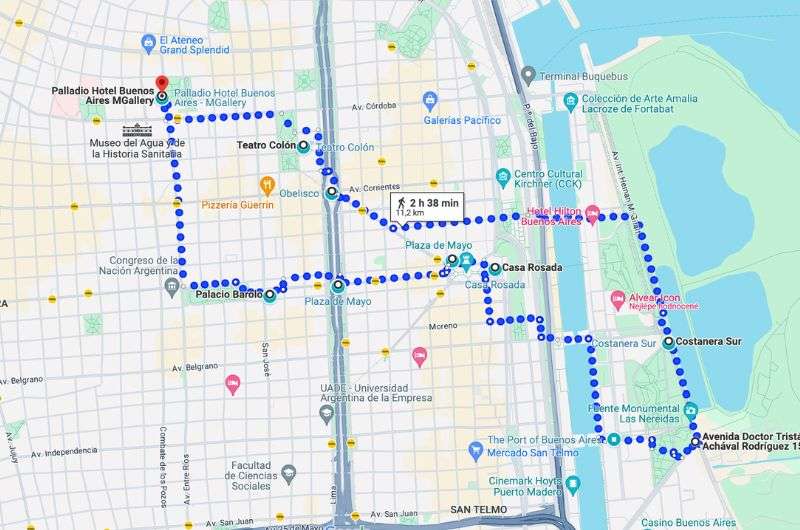
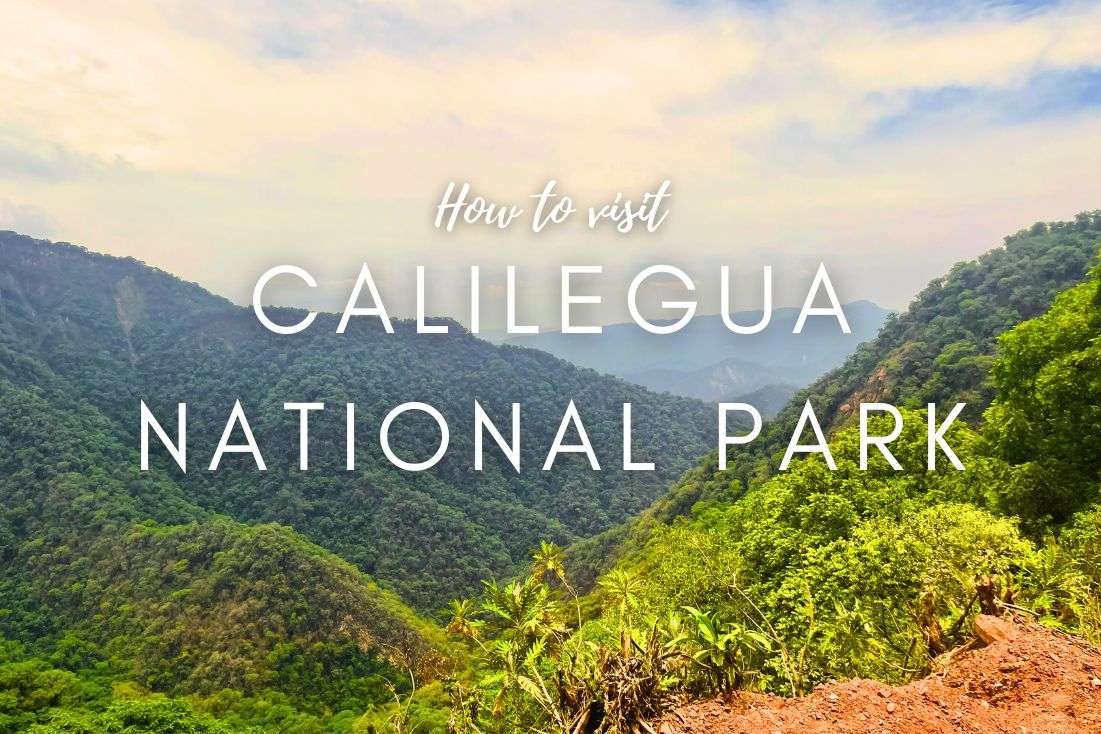
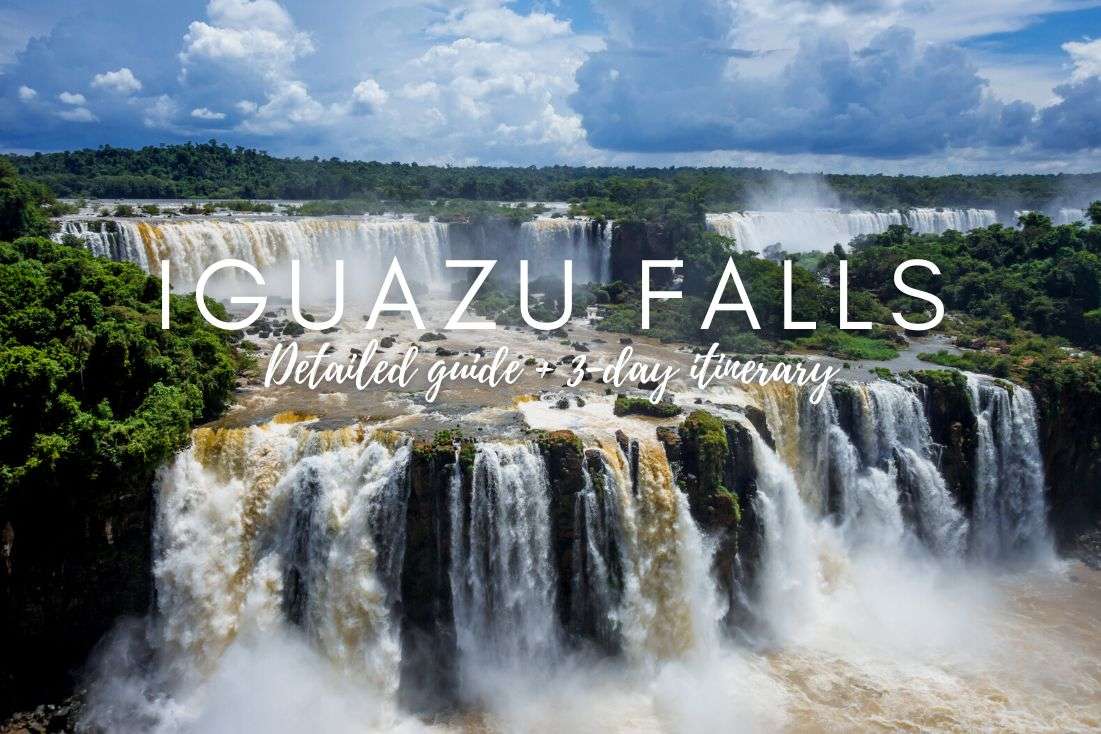
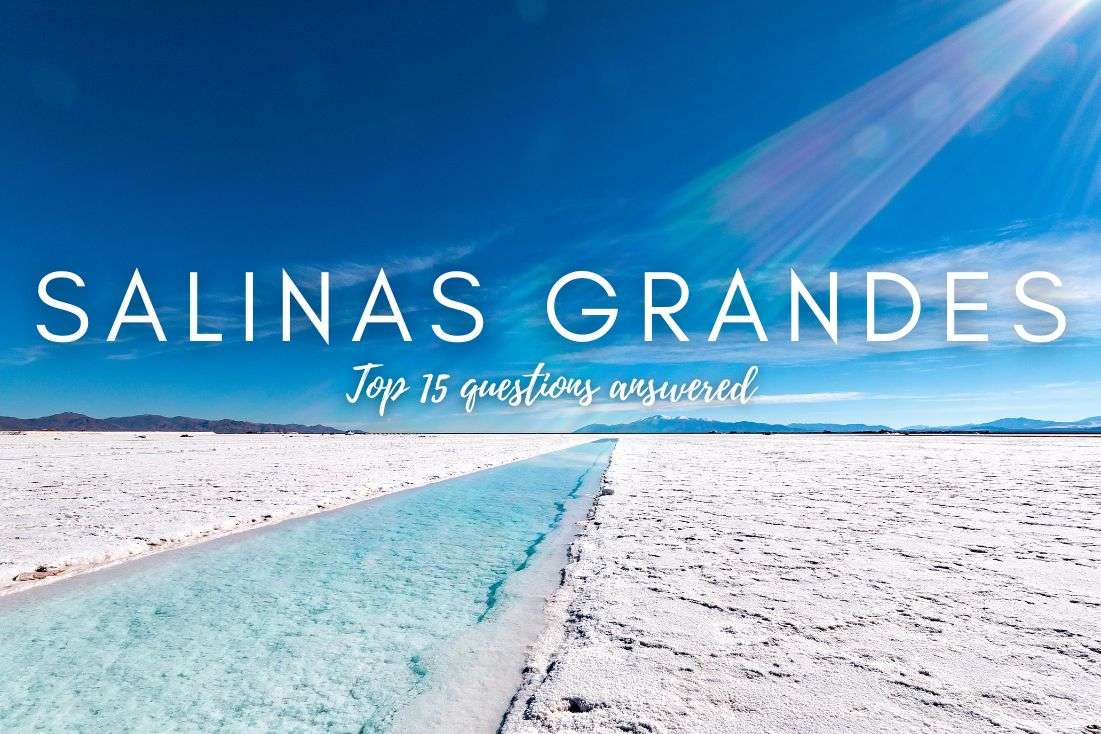





Comments | Thoughts? Give us a shout!